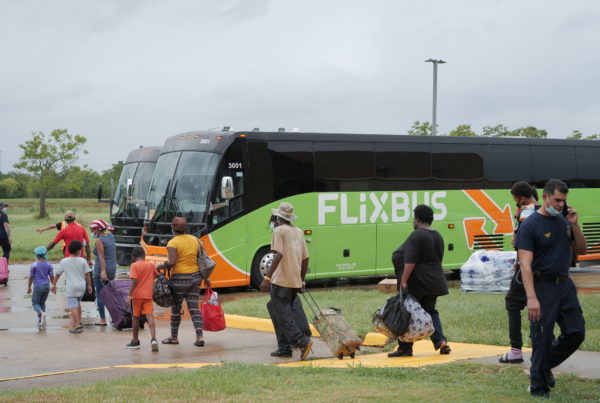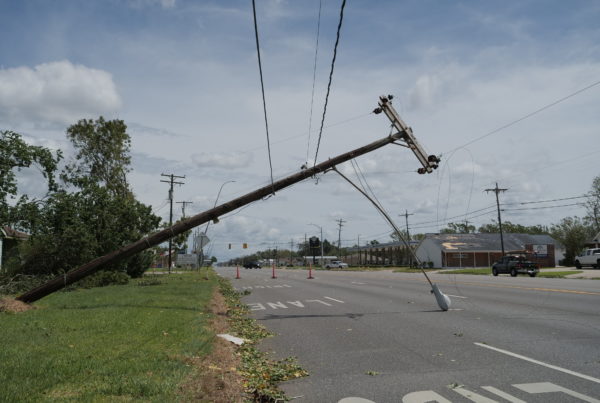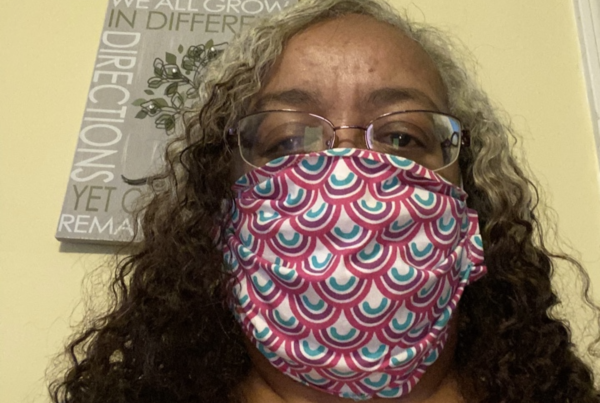From Houston Public Media:
Frank De Oro was tested for COVID-19 twice this summer. He doesn’t have insurance, so when he showed up to Signature Care, a freestanding emergency room, for the first time in mid-June, the test cost him $175. He paid the out-of-pocket cost because he needed his results fast.
“I only went to go get tested because I was going to go visit my family in Brownsville, Texas,” said De Oro.
After getting swabbed, De Oro waited in his car for 45 minutes to get his results back.
“I was on a call with one of my friends when my results came back positive,” said De Oro. “And we were about to hang out, we were about to have lunch that day.”
With this information, he was able to self-isolate immediately. De Oro canceled his plans that would have exposed his loved ones to the virus.
De Oro is one of millions who make up the largest uninsured population in the country. According to U.S. Census data, 20% of Texans and 22.6% of people in Harris County don’t have insurance. Widespread job losses have only increased those numbers.
Even before the pandemic, lacking health insurance blocked millions from easy access to healthcare. Now, it’s affecting access to the most crucial tool of controlling the coronavirus: testing.
The Invisible Costs of Free Testing
Even though there was free public testing just a few miles away, De Oro still decided to pay out of pocket for his test. The sites run by the city of Houston and Harris County are geared for people without insurance. But De Oro said he didn’t go because of their reputation.
“I was hearing through social media that testing was taking long,” said De Oro. “And messaging with close friends, I heard ‘my aunt right now has COVID-19, but she’s not getting the results until seven days or 10 days.”
Earlier this summer, these sites were marked by slow results and long lines, which led to invisible costs for those seeking testing. The costs showed up in the time people took off work to wait in long lines or to quarantine at home, sometimes without paid leave, as they waited for their test results.

A healthcare worker sits at the entrance to a free COVID-19 testing site at Minute Maid Park Wednesday, Aug. 19, 2020, in Houston.
Houston resident Broderick Sanford Jr. experienced some of these invisible costs when he got tested. Sanford has insurance, but a high deductible of a couple thousand dollars. Out-of-pocket costs can range from $60 to $600 for COVID-19 testing, according to FAIR Health. So Sanford decided to get a free COVID-19 test at Butler Stadium, nearly two months ago. He never received the results.
At the time, Sanford had mild symptoms and was concerned about dipping into his vacation days in order to quarantine.
“I couldn’t just sit at home waiting for results, not knowing how long because I do have a job,” said Sanford. “It was a big waiting game, not only for myself, but for management at my corporation.”
Sanford decided he couldn’t wait any longer and sought another free test at CVS. The results for this test also dragged on with a 14 day turnaround time. All in all, it took him 29 days to finally get a result.
Luckily, Sanford was able to postpone his return to the office by telecommuting. However, that’s not the case for everyone, including many of Dr. Brian Reed’s patients at Lone Star Circle of Care, a clinic that serves many uninsured individuals.
“Some people just may be reluctant to get tested because that can mean I’m out of work from 10 to 14 days,” said Reed. “I’ve had some patients tell me, ‘no, I don’t want to get tested.’ They don’t want to have that positive result and all the stuff that goes with being positive.”
An accessible test isn’t just affordable. It’s also accurate, located near demand and a fast service with fast results, according to Dr. Charlene Flash, the President of Avenue 360, another clinic that serves many low-income and uninsured Houstonians. When individuals don’t have access to a test like this, whether they have insurance or not, it impacts public health and the collective fight against the coronavirus.
“Maybe on day one and two [after getting tested] you make sure that you mask and you don’t really go visit grandma,” said Flash. “By day three, four and five, sometimes people just aren’t focused on that anymore and don’t take the appropriate precautions, so you have ongoing spread of coronavirus.”
Public testing also doesn’t provide the healthcare needed once someone is confirmed positive. Flash said access before the pandemic can influence health outcomes for COVID-19 patients.
“It is hard to get over the curve when people have not been engaged and don’t know where they can access resources,” said Flash. “They could make sure that their underlying medical challenges are well controlled, so God forbid they do get infected, they don’t need to get hospitalized or worse, suffer death.”
Longer recovery times can then have ripple effects on families, communities and the workforce.
Government Response
In March, the federal government passed the Families First Coronavirus Response Act, which included funding to provide testing for the uninsured. One measure narrowly expanded Medicaid funding to fully cover the cost of testing.
Texas opted into it in mid-April, but the state never got the program up and running, according to Anne Dunkelberg, the Director of the healthcare policy team at Every Texan, a think tank based in Austin.
“So part of the last response I got from our Texas Health and Human Service Agency was that one of the reasons that they had not moved forward with rolling out this federally Medicaid funded testing for the uninsured program was because they didn’t know how long it would last,” said Dunkelberg. “They didn’t want to go to the trouble to do the computer work, costs and set up the systems to have that benefit if it was only going to be for like two months.”
The expanded Medicaid funding for testing is available as long as the U.S. is under a Public Health Emergency, a status that was renewed until the end of October.
A spokesperson from the Texas Health & Human Services Commission wrote in an email that the agency is still working to implement the program. The spokesperson declined to respond to the reason for the delays.
Improving Access
The expanded Medicaid funding is appealing because there’s no limit on how much states can tap into it. Other funding streams for COVID-19 tests are capped at a certain amount, such as the Healthcare Provider Relief Fund, which are reimbursements available for private providers, like a clinic or hospital, to test and treat uninsured patients. This fund might be one way to avoid a bill, said Karen Pollitz, a Senior Fellow at the Kaiser Family Foundation.
“So I think the first thing is to just call ahead and ask if free testing is available,” said Pollitz. “If you can’t find one, you can ask if they would be willing to bill this provider relief funds, instead of billing you.”
Houston and Harris County are actively working to improve free public testing. Demand for these tests has gone down in recent weeks, which is likely to translate to shorter lines.
Four new surge testing sites, funded by the federal government, are said to deliver results much faster, anywhere from 2-4 days, according to Harris County Judge Lina Hidalgo.
“These have been rushed to our area because of the need and because of the recognition that these federal tests were seeing incredibly slow turnaround times, sometimes up to 14 days,” said Hidalgo, in the beginning of August.
Even with these improvements, there are still people without insurance choosing to pay out-of-pocket. Frank De Oro got tested for the second time a week and a half ago. He said he’s able to afford the peace of mind that quick results bring.
“At the end of the day, if I were to have gone to visit my family, I would have contaminated my mother and then she would have interacted with my other family members,” said De Oro. “That would have been horrible. So I think that $175 was well worth it.”
This time, De Oro tested negative. That evening, he was on the road to finally see his mom for the first time since New Year’s.














